Hyperadrenergic Postural Tachycardia Syndrome
Hyperadrenergic postural tachycardia syndrome. However there is also a form of POTS called. Because these patients can present with a flushing disorder we hypothesized that mast cell activation MCA can contribute to its pathogenesis. Hyperadrenergic postural tachycardia syndrome in mast cell activation disorders.
A specific group of symptoms that frequently occur when standing upright. Patients suffering from hyperadrenergic POTS have been observed to have an orthostatic plasma norepinephrine level 600 pgmL and a rise of systolic blood pressure SBP of 10 mm Hg upon standing. Postural orthostatic tachycardia syndrome POTS is a condition that affects circulation blood flow.
Postural orthostatic tachycardia syndrome POTS is one of a group of disorders that have orthostatic intolerance OI as their primary symptom. Postural orthostatic tachycardia syndrome POTS is one of a group of conditions characterized by an orthostatic intolerance OI. OI occurs when a patient has symptoms of low blood volume when they are standing which are relieved when they lie down.
A heart rate increase from horizontal to standing or as tested on a tilt table of at least 30 beats per minute in adults or at least 40 beats per minute in. Patients were diagnosed as having the hyperadrenergic form based on an increase in their systolic blood pressure of 10 mm Hg during the HUTT 2 with concomitant tachycardia or their serum catecholamine levels serum norepinephnrine level 600 pgmL upon standing. Postural tachycardia syndrome POTS is a disabling condition that commonly affects otherwise normal young females.
A relatively new disease POTS still lacks a set of universally followed predefined treatment guidelines. This form of postural tachycardia syndrome is called hyperadrenergic POTS and comprises about 10 of all POTS patients. The onset of hyperadrenergic POTS is largely the same as other forms of POTS with the onset of symptoms following precipitating events such as viral infection pregnancy or trauma including surgery.
Postural orthostatic tachycardia syndrome POTS is a blood circulation disorder characterized by two factors. Another cause found in hyperadrenergic POTS is MCAS mast cell activation syndrome. It involves the autonomic nervous system which automatically controls and regulates vital bodily functions and sympathetic nervous system which activates the fight or flight response.
Criterion for diagnosis of hyperadrenergic postural tachycardia syndrome Patients were diagnosed as having the hyper-adrenergic form based on an increase in their SBP of 10 mm Hg during the HUTT 2 with concom-itant tachycardia or their serum catecholamine lev-els serum norepinephnrine level 600 pgmL upon standing 1 2. Postural orthostatic tachycardia syndrome POTS is classified into different typesIt is important to understand the difference between these because the treatment differs depending on the type of POTS diagnosedThe most often discussed types of POTS are neuropathic POTS and hyperadrenergic POTS.
Because these patients can present with a flushing disorder we hypothesized that mast cell activation MCA can contribute to its pathogenesis.
A heart rate increase from horizontal to standing or as tested on a tilt table of at least 30 beats per minute in adults or at least 40 beats per minute in. Postural tachycardia syndrome POTS is a disabling condition that commonly affects otherwise normal young females. Another cause found in hyperadrenergic POTS is MCAS mast cell activation syndrome. Hyperadrenergic postural tachycardia syndrome in mast cell activation disorders. OI occurs when a patient has symptoms of low blood volume when they are standing which are relieved when they lie down. Postural orthostatic tachycardia syndrome POTS is one of a group of disorders that have orthostatic intolerance OI as their primary symptom. A specific group of symptoms that frequently occur when standing upright. Andrew White is board certified in Internal Medicine and Allergy Immunology. Postural orthostatic tachycardia syndrome POTS is a condition that affects circulation blood flow.
His practice at the Scripps Clinic in San Diego California focuses on immune deficiencies and allergic disorders including MCAS and mastocytosis. Patients suffering from hyperadrenergic POTS have been observed to have an orthostatic plasma norepinephrine level 600 pgmL and a rise of systolic blood pressure SBP of 10 mm Hg upon standing. Postural tachycardia syndrome POTS characterized by orthostatic tachycardia in the absence of orthostatic hypotension has been the focus of increasing clinical interest over the last 15 years Patients with POTS complain of symptoms of tachycardia exercise intolerance lightheadedness extreme fatigue headache and mental. Another cause found in hyperadrenergic POTS is MCAS mast cell activation syndrome. A heart rate increase from horizontal to standing or as tested on a tilt table of at least 30 beats per minute in adults or at least 40 beats per minute in. Postural orthostatic tachycardia syndrome POTS is one of a group of conditions characterized by an orthostatic intolerance OI. Because these patients can present with a flushing disorder we hypothesized that mast cell activation MCA can contribute to its pathogenesis.


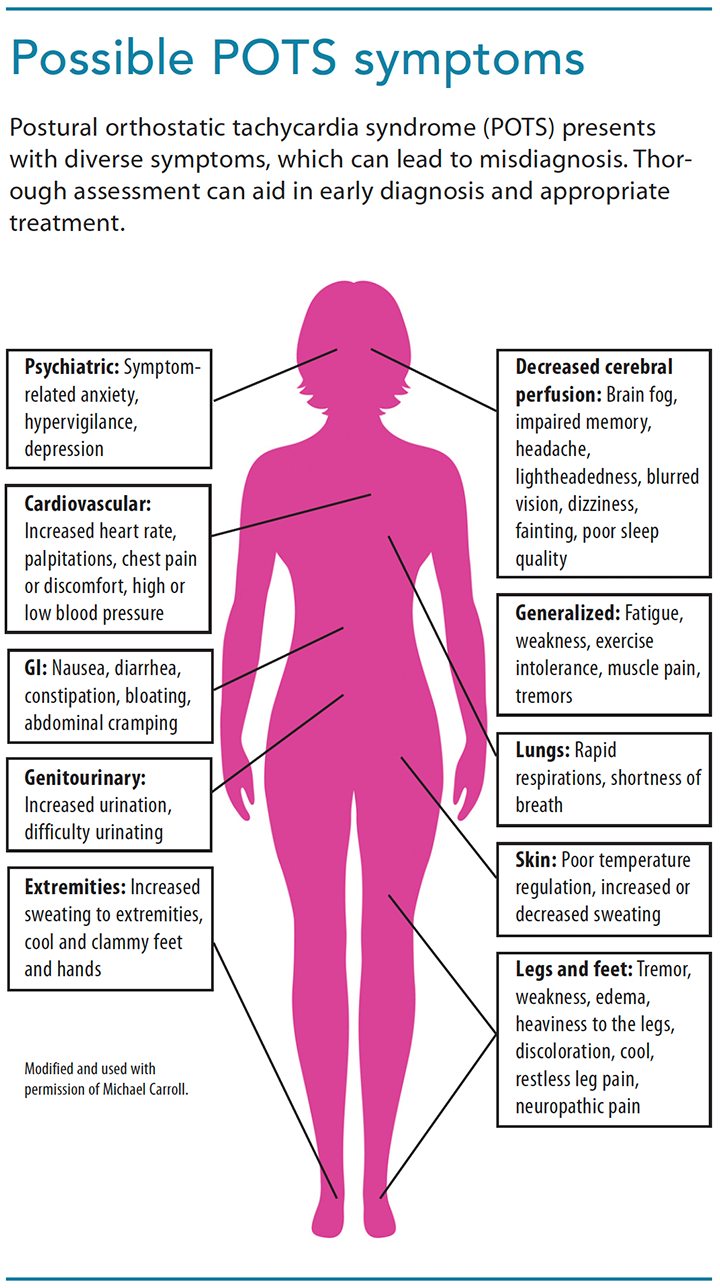





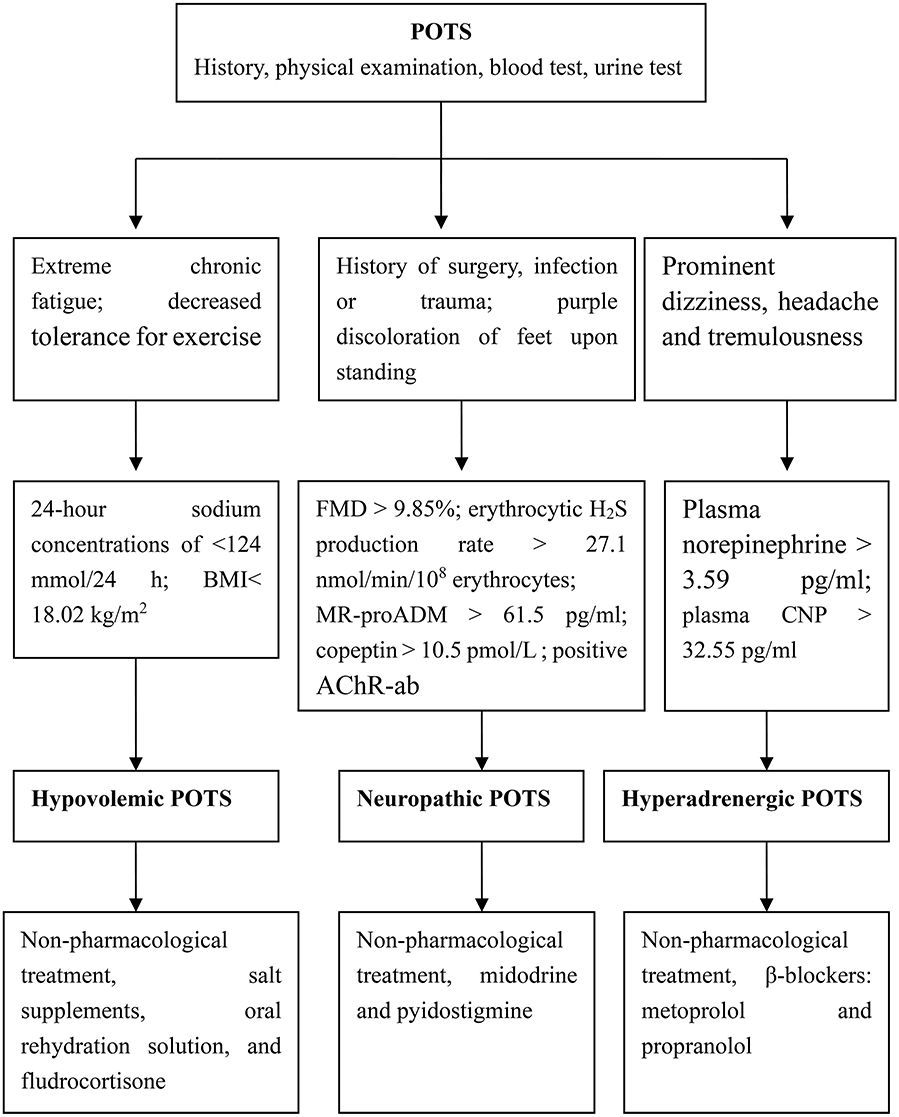
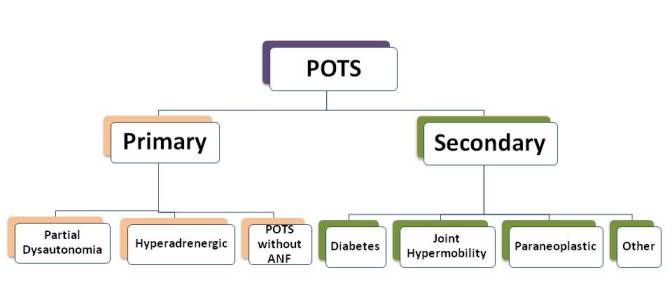
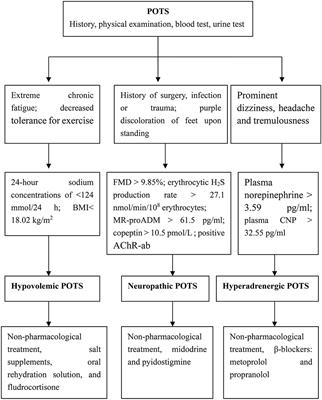


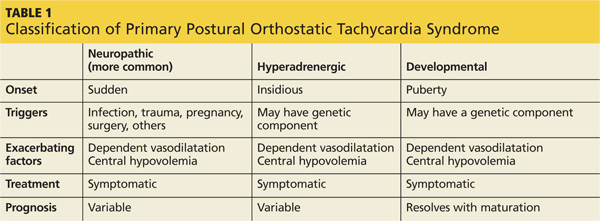





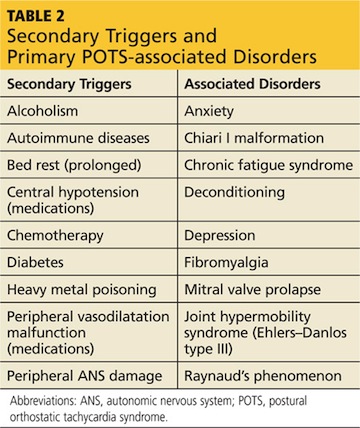




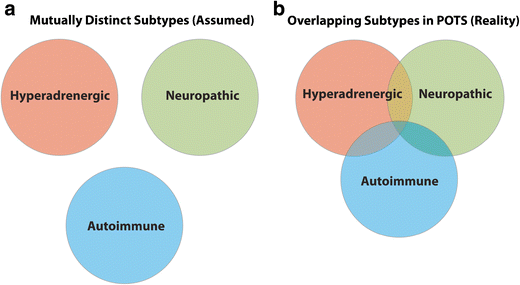



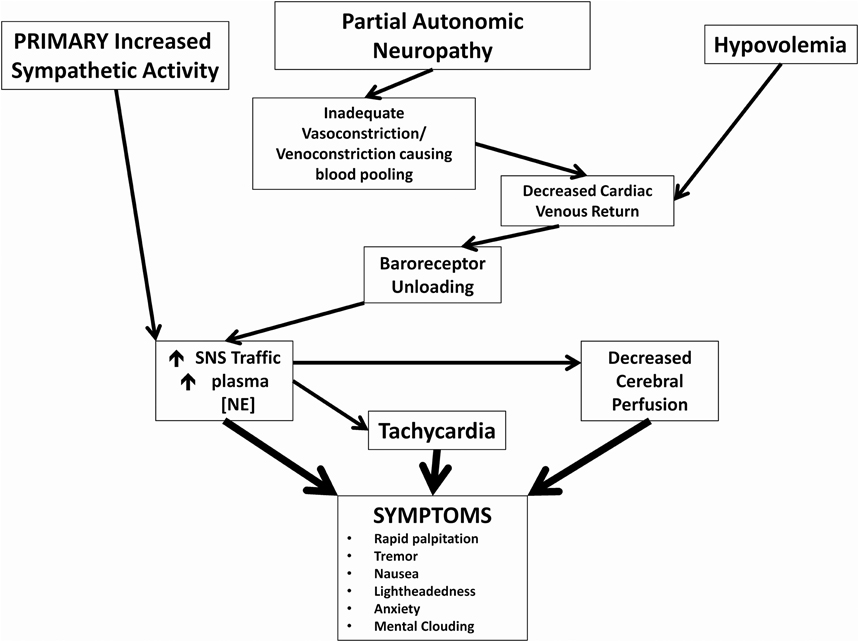
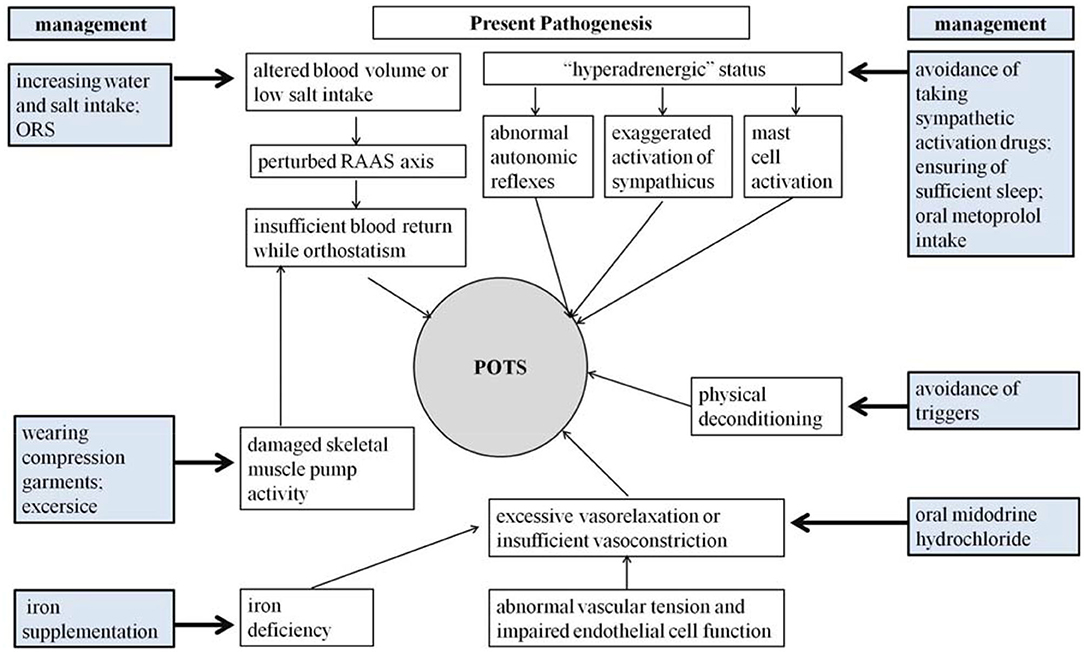






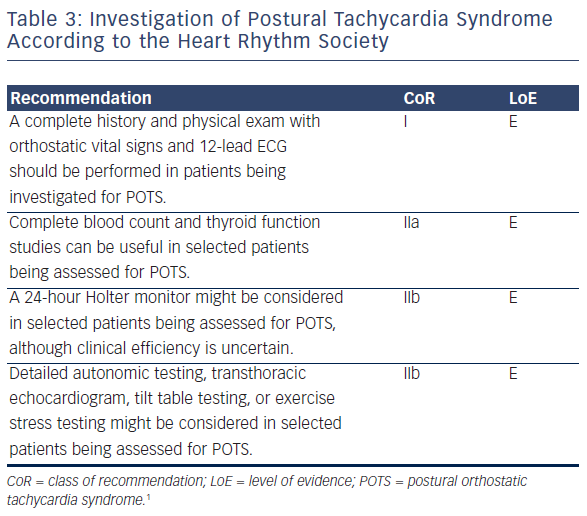








Post a Comment for "Hyperadrenergic Postural Tachycardia Syndrome"